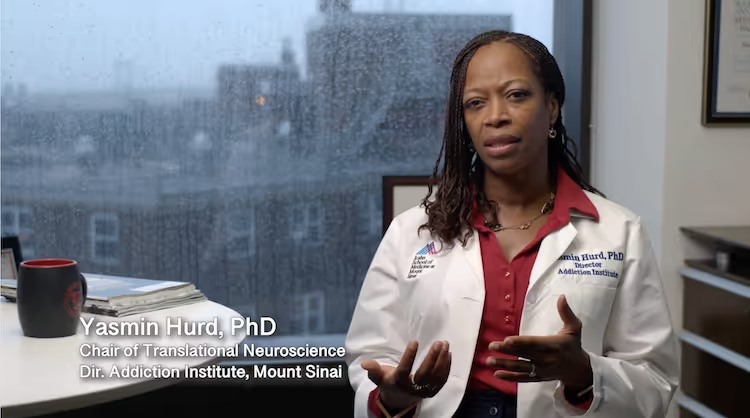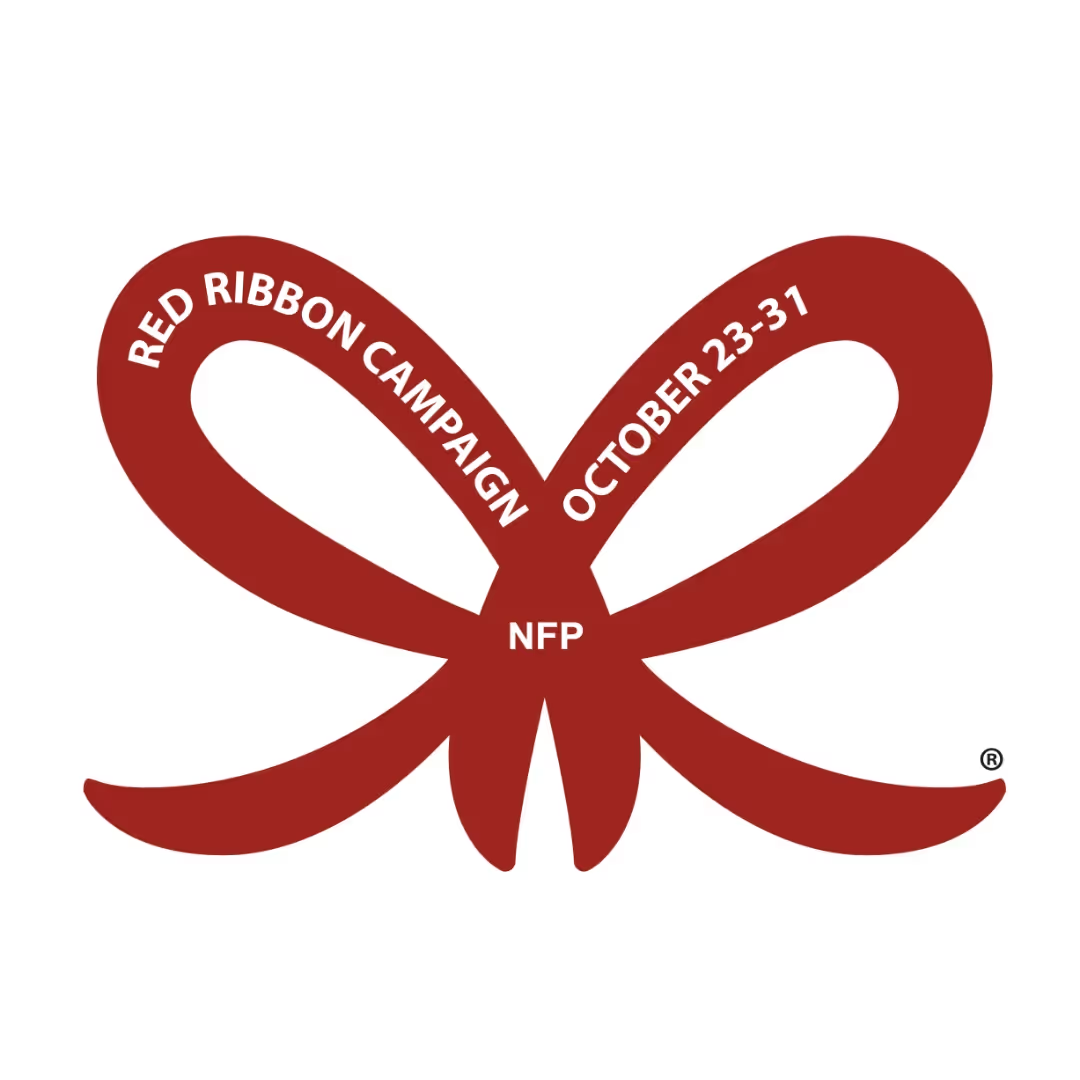


The moment we talk about drugs and the brain, it is common for teens to say to themselves, “There goes those adults saying we are frying our brains by just smoking some weed.”
In my latest film, “Screenagers Under The Influence,” co-directed by Lisa Tabb and myself, knew we would have to treat the topic and brain development very gingerly since the film needed to resonate with teens (as well as adults).
We were thrilled to find neuroscientist Dr. Yasmin Hurd and her cutting-edge research at Mount Sinai in New York. Hurd has a calm, direct way of speaking that is convincing without resorting to scare tactics.
You and your kids can see if you agree with me by watching the clip to the right from the film. In this 3-minute excerpt, Dr. Hurd explains the most current research on brain development and the effects of exposure to the chemical THC, the psychoactive component of weed.
Alternatively, you may prefer to read the transcript below. Be sure to read the suggested discussion questions at the end.
Learn more about showing our movies in your school or community!
Join Screenagers filmmaker Delaney Ruston MD for our latest Podcast

Learn more about our Screen-Free Sleep campaign at the website!
Our movie made for parents and educators of younger kids
Learn more about showing our movies in your school or community!
My voice-over:
Dr. Hurd studies the effect of THC on cells in the front of the brain, specifically what's called the cortical layer. These cells have branches of them, also called projections, that allow them to connect to other cells to send signals. These connections are essential for things like handling emotions and making decisions in the teen years. Major connections are being formed.
Dr. Hurd:
There was a recent study looking at teens about age 14, and they image their brains over the years and five years later when they studied the children, those who had used cannabis. During that time, a significant proportion had cortical thinning as compared to those teens who did not use cannabis.
My voice-over:
Cortical thinning happens when cells lose many of their projections that they use to communicate with other cells as they lose projections. They take up less space and hence the thinning. In order to eliminate the possibility that something else is responsible for the cortical thinning Dr. Hurd uses animal models.
Dr. Hurd:
So in our animal models, we're able to know exactly their life. We know exactly how much THC they have. We have teen rats exposed to THC every three days over their adolescent life.
Later, when the rats reached young adulthood, their cells were analyzed. These are our rat models.
Learn more about showing our movies in your school or community!
Join Screenagers filmmaker Delaney Ruston MD for our latest Podcast

Learn more about our Screen-Free Sleep campaign at the website!
Our movie made for parents and educators of younger kids
Join Screenagers filmmaker Delaney Ruston MD for our latest Podcast
Here you can see the normal cortical cells. These are projections that communicate with other cells. This is what it looks like in adults the rats.
With adolescent THC exposure, you can see the projections are much fewer. They've shrunk THC, and cannabis is doing something that compromises the development and normal development of these cells, so they no longer communicate with other cells in the same way that they should. Cortical thinning in teens that have used cannabis has a lot of concern. People have linked cortical thinning to mood disorders, psychiatric disorders like depression, and cognitive function.
1. What are your thoughts on Dr Hurd’s research?
2. What do we think about the research on the frontmost part of the brain in teens who were weed users vs. those who did not use weed?
3. What questions do you have about the research mentioned above? How about weed in general?
As we’re about to celebrate 10 years of Screenagers, we want to hear what’s been most helpful and what you’d like to see next.
Please click here to share your thoughts with us in our community survey. It only takes 5–10 minutes, and everyone who completes it will be entered to win one of five $50 Amazon vouchers.
The moment we talk about drugs and the brain, it is common for teens to say to themselves, “There goes those adults saying we are frying our brains by just smoking some weed.”
In my latest film, “Screenagers Under The Influence,” co-directed by Lisa Tabb and myself, knew we would have to treat the topic and brain development very gingerly since the film needed to resonate with teens (as well as adults).
We were thrilled to find neuroscientist Dr. Yasmin Hurd and her cutting-edge research at Mount Sinai in New York. Hurd has a calm, direct way of speaking that is convincing without resorting to scare tactics.
You and your kids can see if you agree with me by watching the clip to the right from the film. In this 3-minute excerpt, Dr. Hurd explains the most current research on brain development and the effects of exposure to the chemical THC, the psychoactive component of weed.
Alternatively, you may prefer to read the transcript below. Be sure to read the suggested discussion questions at the end.
My voice-over:
Dr. Hurd studies the effect of THC on cells in the front of the brain, specifically what's called the cortical layer. These cells have branches of them, also called projections, that allow them to connect to other cells to send signals. These connections are essential for things like handling emotions and making decisions in the teen years. Major connections are being formed.
Dr. Hurd:
There was a recent study looking at teens about age 14, and they image their brains over the years and five years later when they studied the children, those who had used cannabis. During that time, a significant proportion had cortical thinning as compared to those teens who did not use cannabis.
My voice-over:
Cortical thinning happens when cells lose many of their projections that they use to communicate with other cells as they lose projections. They take up less space and hence the thinning. In order to eliminate the possibility that something else is responsible for the cortical thinning Dr. Hurd uses animal models.
Dr. Hurd:
So in our animal models, we're able to know exactly their life. We know exactly how much THC they have. We have teen rats exposed to THC every three days over their adolescent life.
Later, when the rats reached young adulthood, their cells were analyzed. These are our rat models.
Here you can see the normal cortical cells. These are projections that communicate with other cells. This is what it looks like in adults the rats.
With adolescent THC exposure, you can see the projections are much fewer. They've shrunk THC, and cannabis is doing something that compromises the development and normal development of these cells, so they no longer communicate with other cells in the same way that they should. Cortical thinning in teens that have used cannabis has a lot of concern. People have linked cortical thinning to mood disorders, psychiatric disorders like depression, and cognitive function.
1. What are your thoughts on Dr Hurd’s research?
2. What do we think about the research on the frontmost part of the brain in teens who were weed users vs. those who did not use weed?
3. What questions do you have about the research mentioned above? How about weed in general?
Sign up here to receive the weekly Tech Talk Tuesdays newsletter from Screenagers filmmaker Delaney Ruston MD.
We respect your privacy.
The moment we talk about drugs and the brain, it is common for teens to say to themselves, “There goes those adults saying we are frying our brains by just smoking some weed.”
In my latest film, “Screenagers Under The Influence,” co-directed by Lisa Tabb and myself, knew we would have to treat the topic and brain development very gingerly since the film needed to resonate with teens (as well as adults).
We were thrilled to find neuroscientist Dr. Yasmin Hurd and her cutting-edge research at Mount Sinai in New York. Hurd has a calm, direct way of speaking that is convincing without resorting to scare tactics.
You and your kids can see if you agree with me by watching the clip to the right from the film. In this 3-minute excerpt, Dr. Hurd explains the most current research on brain development and the effects of exposure to the chemical THC, the psychoactive component of weed.
Alternatively, you may prefer to read the transcript below. Be sure to read the suggested discussion questions at the end.

This week is Red Ribbon Week, the nation’s longest-running youth drug-prevention program — and I can’t think of a more important time to talk about a new, dangerous substance spreading fast among teens called 7-OH that's derived from the kratom plant.
READ MORE >
Research shows that adolescent substance initiation — teens trying smoking or drinking for the first time — spikes during the summer. More downtime often means more screen time, which brings increased exposure to what’s trending. One trend that’s hard to ignore? A surge in cigarette imagery across films, music videos, and pop culture moments. Even Beyoncé lit up onstage recently. So why is smoking getting a media makeover — and how can we talk to teens meaningfully about it?
READ MORE >for more like this, DR. DELANEY RUSTON'S NEW BOOK, PARENTING IN THE SCREEN AGE, IS THE DEFINITIVE GUIDE FOR TODAY’S PARENTS. WITH INSIGHTS ON SCREEN TIME FROM RESEARCHERS, INPUT FROM KIDS & TEENS, THIS BOOK IS PACKED WITH SOLUTIONS FOR HOW TO START AND SUSTAIN PRODUCTIVE FAMILY TALKS ABOUT TECHNOLOGY AND IT’S IMPACT ON OUR MENTAL WELLBEING.
